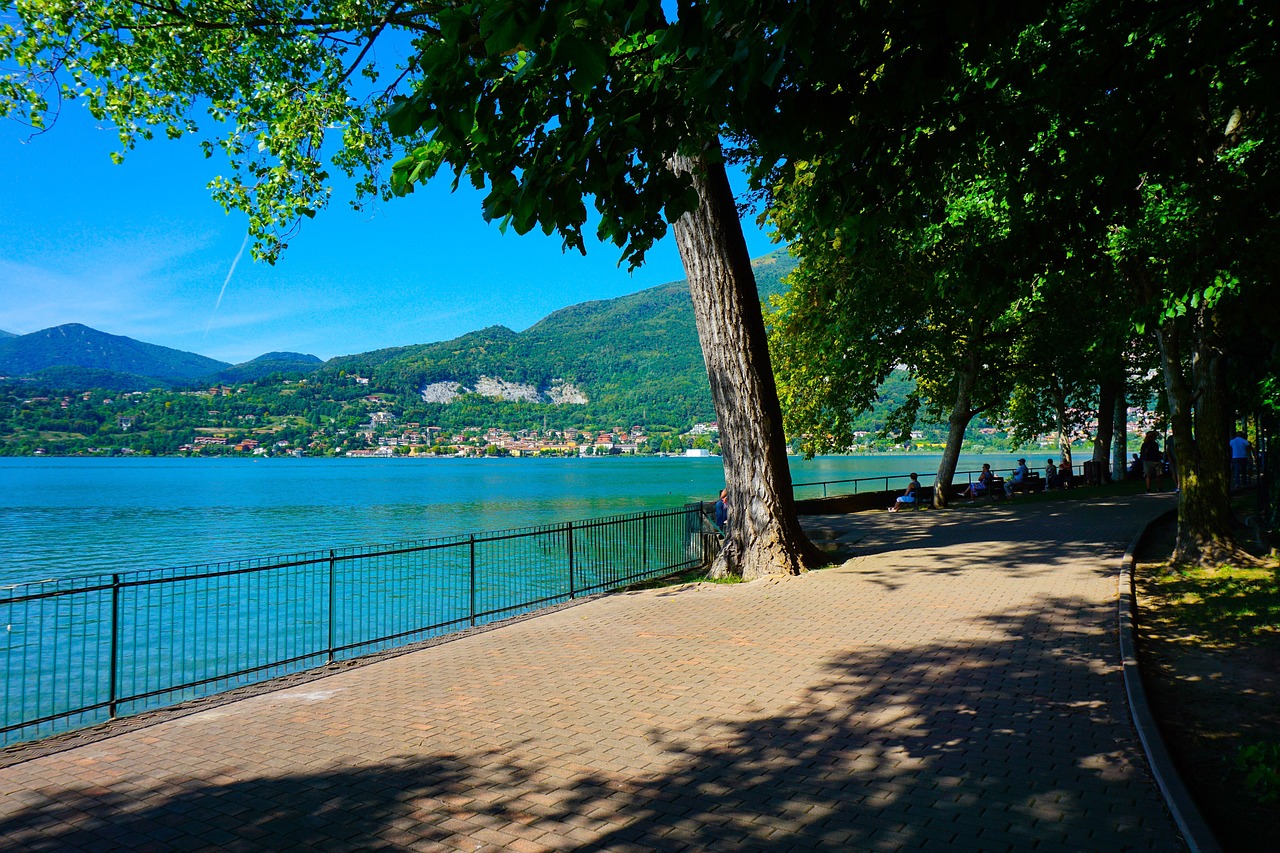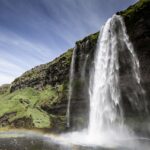Enhancing the natural water cycle explained
Long-term Sustainability Plans near Great basin areas face challenges such as reduced farm yields, receding groundwater aquifers, and the need for water restrictions
The Great Basin’s Water Puzzle: A Journey Through Drought
From a Tiny Droplet to a Vast Challenge
Imagine a single raindrop, falling onto the parched earth of the Great Basin. Its journey is a microcosm of the region’s delicate water balance, a balance now threatened by climate change. As our droplet soaks into the soil, it faces a crucial choice: evaporation back into the atmosphere, or the perilous journey towards a nearby stream.
A Land of Limited Resources
The Great Basin is a land of extremes. Vast, arid landscapes stretch for miles, receiving minimal rainfall. This harsh environment, coupled with the effects of climate change, has created a water crisis – a puzzle that requires innovative solutions.
The Active Climate Rescue Initiative: A Beacon of Hope
Recognizing the urgency of the situation, communities across the Great Basin are coming together. The Active Climate Rescue Initiative is one such example, demonstrating the power of collaboration. From water-wise landscaping to innovative irrigation techniques, the initiative empowers individuals and communities to be part of the solution.
Solving the Puzzle: Finding Sustainable Solutions
The future of the Great Basin hinges on our ability to work together. We must embrace sustainable practices, support organizations like the Active Climate Rescue Initiative, and raise awareness about the importance of water conservation. It’s a journey we must take together, one raindrop at a time.
Let’s join forces to ensure the Great Basin’s water puzzle finds its answer.
💦 The Great Basin’s Water Puzzle: A Journey Through Drought
TL;DR – The Great Basin is a dry region facing a water crisis due to climate change. Reduced rainfall, shrinking aquifers, and lower crop yields are all part of the problem. The article explores solutions like conservation, new irrigation methods, and smart policies to help the region manage its water resources.
The Water Cycle in Action: A Balancing Act
The Great Basin is a large, high-desert region in the western United States. It includes parts of Nevada, Utah, Oregon, California, and Idaho. Imagine a giant bathtub, filled with water, with only a trickle coming in and lots of water evaporating. That’s like the Great Basin – it gets very little rain, and a lot of the water that does fall evaporates back into the air.
The Journey of a Water Droplet: A Story of Evaporation and Runoff
The Great Basin’s water cycle starts with a little raindrop falling to the ground. Sometimes, the raindrop soaks into the soil, creating groundwater. This groundwater is like a giant underground lake, and we can use it for drinking and farming.
But a lot of the water runs off the land, forming rivers and streams. Some of these rivers and streams flow into lakes, like Lake Tahoe. Other times, the water flows into closed basins, meaning it doesn’t have an outlet to the ocean. This is why it’s called the Great Basin – because the water stays trapped within it!
The Drought Challenge: A Shrinking Water Supply
The Great Basin is facing a huge challenge: drought. Drought means that there isn’t enough rain. And when there isn’t enough rain, the water cycle gets thrown off balance.
Here’s what happens:
- Less Rain: Less rainfall means less water to fill up the rivers, streams, and groundwater.
- Shrinking Aquifers: When there’s less rain, the underground water sources (aquifers) shrink.
- Reduced Farm Yields: Farmers rely on water to grow crops. With less water, their crops don’t grow as well, which means less food for us to eat.
- Water Restrictions: To save water, cities and towns often have to put in place rules about how much water people can use. This can mean shorter showers, less watering of lawns, and even restrictions on how often you can wash your car.
The Role of Climate Change: Warming Temperatures and Shifting Patterns
Scientists believe that climate change is making the drought even worse. Higher temperatures cause more water to evaporate from the ground and from lakes and rivers. This makes the drought even drier. Climate change is also causing the weather patterns to shift, meaning the rain that does fall might not fall in the same places.
Solving the Water Puzzle: Finding Sustainable Solutions
The good news is that we can work together to solve the water crisis in the Great Basin! There are many things we can do to help:
- Water Conservation: Every drop counts! We can all save water by taking shorter showers, fixing leaky faucets, watering our lawns less, and using water-saving appliances.
- Innovative Irrigation: Farmers can use new irrigation techniques to use less water to grow their crops. These techniques include using drip irrigation, which delivers water directly to the roots of plants, and using sprinklers that are designed to reduce evaporation.
- Policy Measures: Governments can pass laws to encourage water conservation and protect water resources. For example, they can offer incentives for people to install water-saving devices in their homes or businesses.
A Climate Rescue Initiative: Making a Difference
The Active Climate Rescue Initiative is a great example of people working together to solve the water crisis. They are dedicated to tackling the challenges of climate change, including water scarcity. They work to find practical solutions and create awareness about the importance of water conservation.
Looking Ahead: A Sustainable Future
The Great Basin is a beautiful and valuable region. By working together, we can make sure that it has the water it needs to thrive for generations to come. We can all do our part to conserve water, support innovative solutions, and advocate for policies that protect our precious water resources.
Remember, a sustainable future is possible with the right actions and a commitment to preserving our environment.
More on Enhancing the natural water cycle…
- ## SEO Keywords for “Enhancing the Natural Water Cycle” & “Long-Term Sustainability Plans”:
- General:
- Water cycle enhancement
- Sustainable water management
- Water conservation strategies
- Water resource sustainability
- Environmental sustainability plans
- Long-term water security
- Climate change adaptation for water
- Water resilience strategies
- Water footprint reduction
- Sustainable water use
- Specific Techniques & Technologies:
- Rainwater harvesting
- Greywater recycling
- Water-efficient irrigation
- Water-saving appliances
- Water filtration systems
- Wetland restoration
- Water infrastructure development
- Drought-resistant landscaping
- Green roofs
- Water storage solutions
- Sector Specific:
- Sustainable agriculture and water
- Urban water management
- Industrial water conservation
- Water security in developing countries
- Water governance and policy
- Water education and awareness
- Solutions & Frameworks:
- Integrated Water Resource Management (IWRM)
- Sustainable Development Goals (SDGs)
- Green infrastructure
- Circular economy in water
- Nature-based solutions for water
- Water stewardship programs
- Benefits & Impacts:
- Water scarcity mitigation
- Reduced water pollution
- Biodiversity conservation
- Climate change adaptation
- Economic development
- Public health improvements
- Improved quality of life
- Regional & Geographic:
- Water cycle in [specific region]
- Sustainability plans for [specific country]
- Water management in [specific city]
- Drought preparedness in [specific area]
- Trends & Innovations:
- Water technology advancements
- Smart water systems
- Data-driven water management
- Water innovation and research
- Future of water
- Key Phrases & Search Terms:
- “How to enhance the water cycle”
- “Long-term sustainability plans for water”
- “Best practices for water conservation”
- “Water cycle restoration projects”
- “Sustainable water management solutions”
- “Water security in a changing climate”
- “Climate change impacts on water resources”
- “Investing in water infrastructure”
- “Water scarcity and its solutions”
- “Building water resilient communities”




